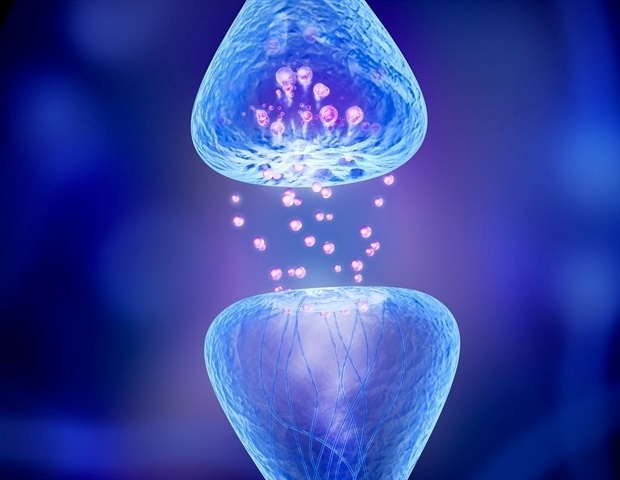Overview
- Researchers published a comprehensive spatial model of the complete synaptic vesicle cycle in Science Advances, integrating molecular, cellular and synaptic data.
- Simulations show only 10–20% of vesicles reside in the recycling pool, with synapsin-1 and tomosyn-1 regulating vesicle tethering, mobilization and release probability.
- The model sustains rapid neurotransmitter release at stimulation frequencies far beyond those observed in vivo, overturning prior limits on synaptic performance.
- Its flexible framework can be adapted to diverse cell types and experimental scenarios and is planned for expansion to larger neural-network simulations.
- By linking vesicle dynamics to conditions such as botulism, myasthenic syndromes and depression, the platform offers a basis for developing targeted neurological therapies.

